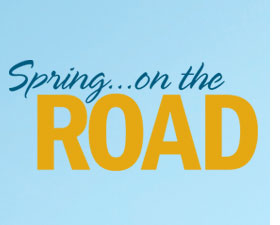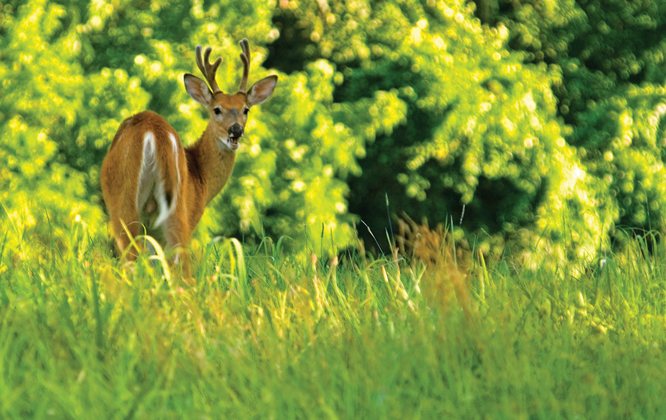Oh, 'deer': Get the facts about this road hazard
Deer can be found all over the country, and healthy deer populations are increasingly creeping into residential and urban areas seeking food and mates thanks to developments encroaching on deer habitats. This increases the chances of motorists having run-ins with deer on the roadways around their homes and places of business.State Farm® estimates that 2.3 million collisions between deer and vehicles occurred in the United States during the two-year period between July 1, 2008 and June 30, 2010. That number marks a 21.1 percent increase in the number of incidents from statistics gathered just five years earlier. West Virgina and Iowa rank first and second, respectively, as the states where a driver is most likely to collide with a deer.
Vehicular crashes can cause serious damage to a car and even be fatal. According to National Geographic, the average white-tailed deer can stand at 6-feet-tall and weigh between 100 and 200 pounds. That animal stands as a formidable foe should a collision with a car occur. It may seem like one is hitting into a barrier or an impenetrable object.
Although fall, when deer are migratory and seeking mates, is the prime season for collisions with deer, collisions can occur throughout the year. The spring is when females give birth to their young, so speckled fawns may inadvertently dart across the road with mothers chasing after them. The displacement of deer habitats due to urban sprawl also magnifies the problem of risking an accident with deer.
There are certain tips that can reduce the chances of a deer and vehicle collision.
* Keep in mind that deer are most active between 6 and 9 p.m. At dusk, they may be harder to see.
* Take note of posted deer crossing signs. These are erected in places where deer are most actively crossing.
* Deer generally travel in herds. So drivers who see one deer should expect to see others nearby.
* Use highbeams when driving at night to better illuminate rural areas.
* Drive slowly in areas where deer are likely to be, such as by open fields.
* Car-mounted deer whistles are not a reliable deterrent.
* Do not swerve erratically to avoid a deer collision. This can result in a collision with another car and increase risk of injury and damage.
In areas where deer collisions are prevalent, extra insurance coverage may be needed on vehicles. Therefore, drivers should speak with their insurance providers.




